Replacing the 250W of halogen bulbs in a torch lamp by 16W of LEDs
Posted by Coen Rijnsburger in Energy saving 2 Comments» This article decribes how the energy consumption of a torch lamp with reading light was reduced from 250 Watt to no more than 16 Watt by utilizing the LED units from four dismantled Lemnis-Pharox bulbs.
This article decribes how the energy consumption of a torch lamp with reading light was reduced from 250 Watt to no more than 16 Watt by utilizing the LED units from four dismantled Lemnis-Pharox bulbs.
Warning
Since electric components may contain dangerous, toxic substances, dismanteling can be hazardous! Power LEDs emit a strong, concentrated amount of light that is dangerous to the eye! The article below is not a do-it-yourself guide. It is just a brief report of an experiment I carried out.
My Experiment
Recently I came into possession of 4 230V Lemnis-Pharox LED light bulbs with E27 base, consuming only 4 Watts at a light intensity comparable with a 40 Watt incandescent bulb.
The Pharox LED lamp
As most of the appliances in my house with E27 base are equipped with either 11 Watt or 15 Watt energy-efficient fluorescent lamps which produce more light than the Pharox type, they were not a good alternative to me.
Curious about the construction of the Pharox bulb, I decided to dismantle one. It appeared to have an electronic switching convertor in the base which transforms the 230V AC into 11.5V DC resp. 350mA current to power the LED’s.
This finding made me decide to dismantle the three remaining bulbs also and to use the LED’s from them to modify a torch lamp originally equipped with 200 Watt and 50 Watt halogen bulbs. I bought this torch lamp some time ago, mainly for its design, not realizing the high power consumption. But at the time I realized it, I immediately dismantled the 200 Watt torch lamp part and replaced it with three 11W fluorescent lamps.
(It is a shame that today torch lamps with bulbs of even 300 Watt are sold in large quantities).
The LED units coming from the Pharox need a DC current of approx 350 mA at a voltage of 11.4V. The current varies strongly with little changes in voltage. Therefore the best supply would be a constant current source of 350mA. In order to be able use a small, common 12V electronic switching supply, I put in a series with each LED unit a resistor of 2.2 Ohms / 0.4 Watt to limit the current to the required value. The power supply should be capable of delivering a stable 12V output at a tolerance of +/-0.2V at a current of 1.6 A.
The common small 12V power supply
The bare LEDs are dangerously bright to the eye, this is why I put a frosted plastic encapsulation around the one LED unit meant to replace the reading light in the torch lamp armature.
The LED mount for the reading light
The reading light without cover
The reading light LEDs covered with a frosted cap
The three LED units in the torch lamp, pointing upwards, are covered by a transparent acrylic plate with holes for cooling air and a circle of reflecting aluminium to direct some light down through the glass window in the bottom of the torch lamp.
The acrylic cover
The Assembled torch lamp
To dismantle the Pharox I wrapped some cloth around the glass bulb and then crushed it in a screw vice. Then I removed with a small tweezers the remaining glass as much as possible. Finally the LED unit could easily be removed by pulling it out with a screwdriver. The electronic convertor remains in the base and should not be re-used as it has no electric isolation between the 230V mains input and the 11.4V output ! The LED unit is basically a heatsink on which the LEDs are mounted. It has a circle of aluminium fins which I flattened with tweezers in one plane. Then the glass particles and sealing substance remaining from the glas bulb were carefully cut away. Finally the LED units were glued with cyanoacrylate glue into the aluminium heatsink, one fin by one.
The Pharos LED unit and the torch lamp heatsink
The backside of the mounted LED units
The frontside
The LED units have a row of 6 contact springs to connect to the supply. The two inner contacts do not make any connection to the internal supply, so I asume they have no function. The two outher contacts should be connected to the positive supply terminal via a resister of 2.2 Ohms. The remaining two to the minus terminal.
The LED units wired together via resistors
During a first trial I measured the temperature of the LED’s base of the torch lamp part to be 65 degr. Celcius which I believed was a little too high, thats why I added some extra cooling fins to the heatsink.
Extra cooling fins added to the heatsink
The torch lamp with LEDs produces a nice, satisfying amount of light, not as much as the 250 Watt halogen lamps, but at no more than 7% of the initial energy consumption! I am not sure whether the LEDs in the original Pharox bulb are surrounded by a protective gas atmosphere. The naked LED units in the torch lamp are now exposed to open air, which might have consequences on the lifetime of the LEDs
Coen Rijnsburger
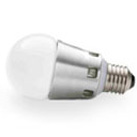
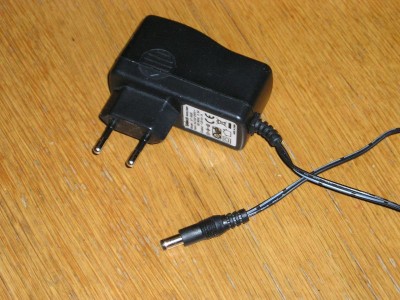
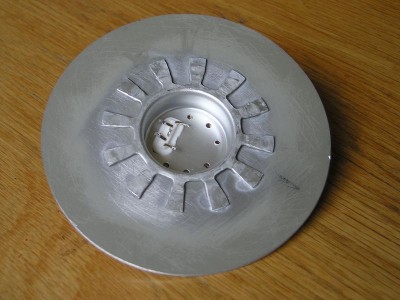
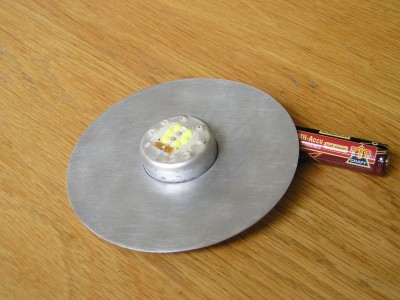
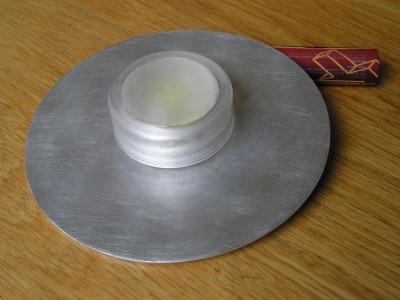
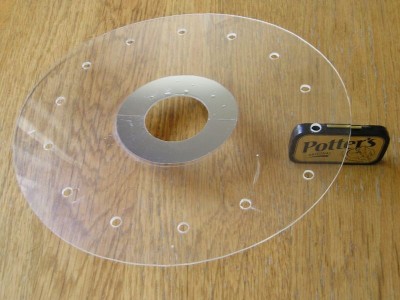
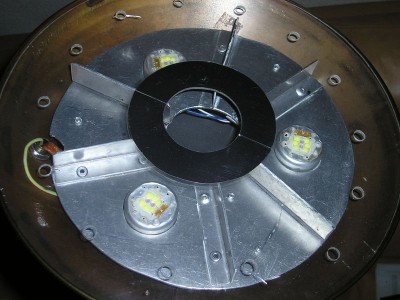
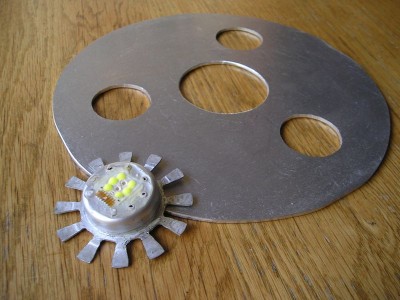
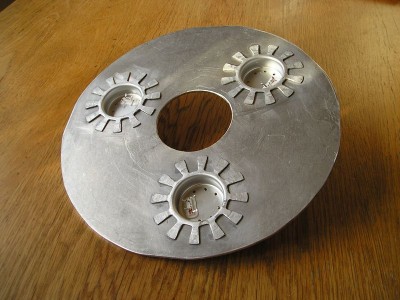
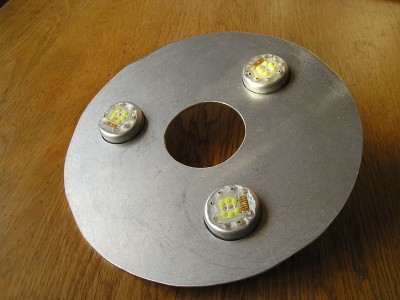
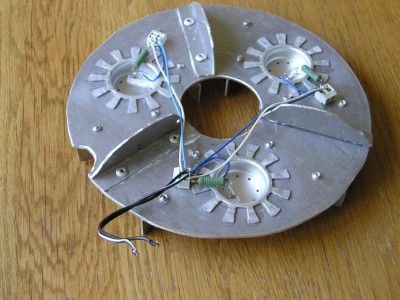
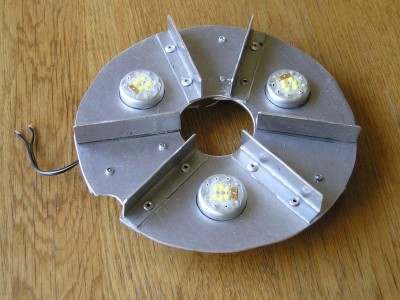





2 replies on “Replacing the 250W of halogen bulbs in a torch lamp by 16W of LEDs”
הכרויות בטלפון…
[…]here are some links to sites that we link to because we think they are worth visiting[…]…
Blog Links…
[…]here are some links to sites that we link to because we think they are worth visiting[…]…